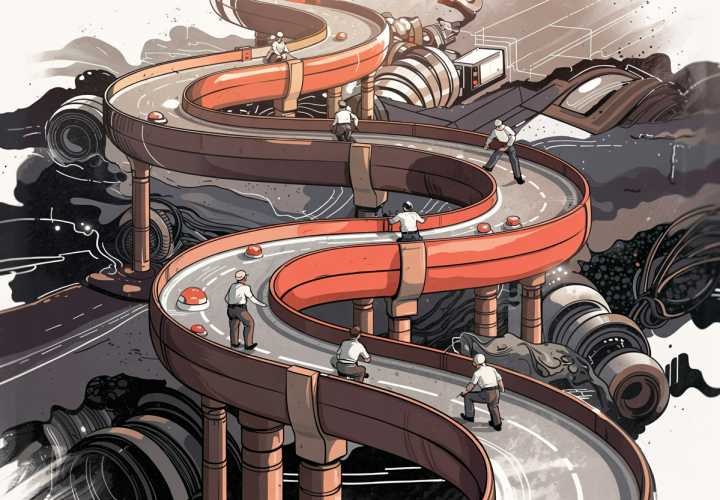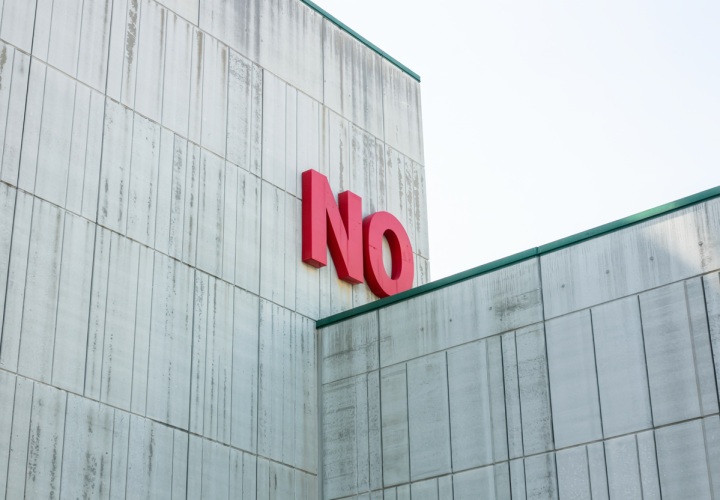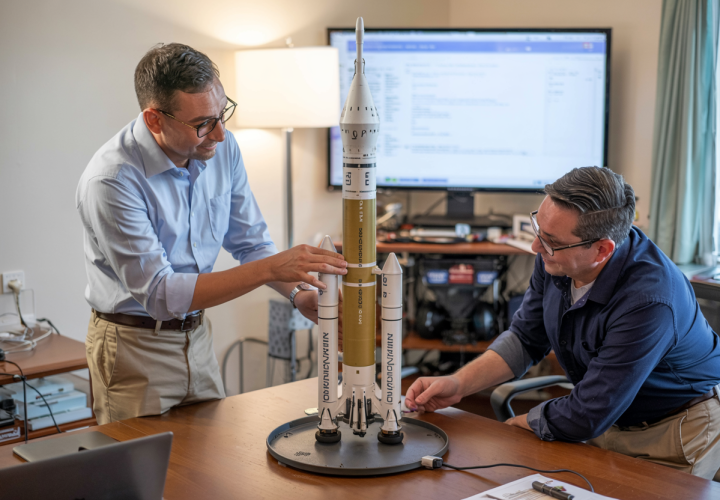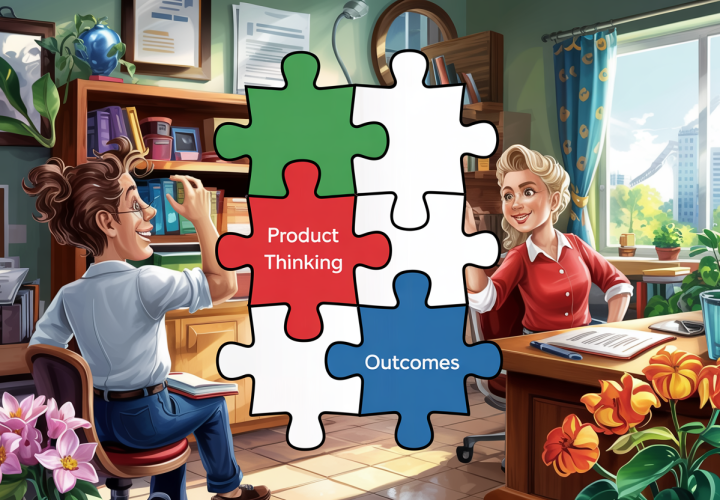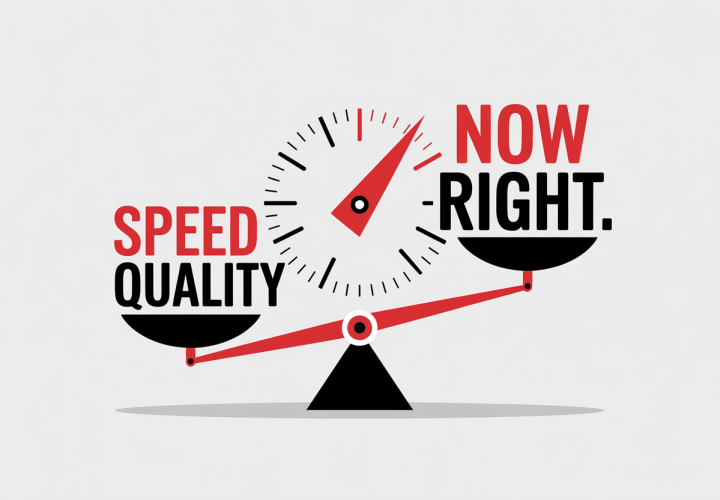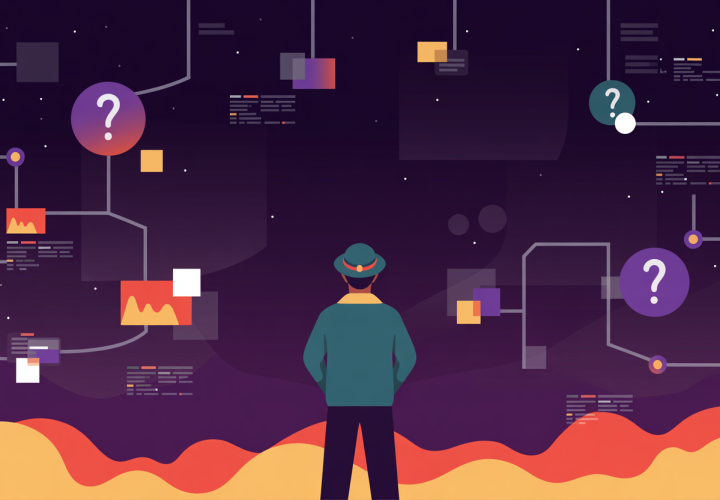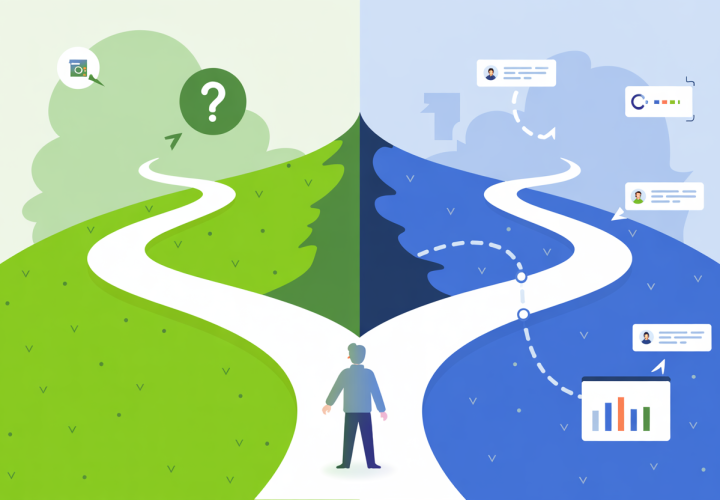Transition From Feature Factory to Impact Engine
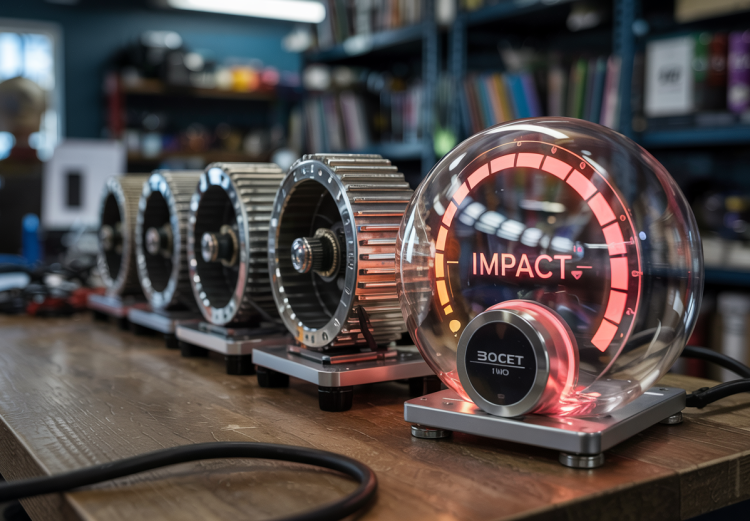
From Feature Factory to Impact Engine Busy doesn’t mean effective.Shipping features doesn’t mean delivering value. If your team is heads-down, burning through a backlog, and constantly shipping—but you’re not sure what’s working—welcome to the feature factory. It’s not your fault.Most teams end up there without realizing it. But there’s a better way: become an impact engine.Let’s talk about what that means—and how to make the shift. What Is a Feature Factory, Really? It’s a term that gets thrown around, but what does it actually mean?A feature factory is a team that’s focused on outputs over outcomes. They ship a lot but learn very little. It’s All About Output, Not Outcomes In a feature factory, success is measured by how much gets delivered—tickets closed, features released, velocity.But no one’s asking: Did this feature solve the problem? Did it change user behavior? Did it move a key metric?That’s where the breakdown starts. Work Feels Busy, But Progress Feels Missing Teams in a feature factory are always in motion. The roadmap never ends.But when you zoom out, it’s hard to see what all the effort has accomplished.Busy doesn’t equal progress. No Feedback, No Learning, Just Shipping In this model, features go out fast—but there’s no loop back.No user validation, no reflection, no course correction.It’s like throwing darts in the dark and hoping one hits. Why the Feature Factory Model Fails Long-Term It might look productive, but the feature factory approach doesn’t scale real impact. Misaligned Incentives Create Waste When leadership rewards teams for shipping volume, teams optimize for speed— not relevance, not usefulness, not outcomes.You get more features—but less value. Shipping Faster Doesn’t Mean Growing Smarter Speed is only helpful if you’re learning. Otherwise, you’re just digging deeper into the wrong hole—faster.Without feedback loops, you can't improve decision-making. And you can’t improve outcomes. Customers Can’t See the Value, Even If You’re Working Hard The team is exhausted, but customers are still confused, frustrated, or indifferent.That’s the ultimate red flag—effort isn’t translating into experience. The Shift Toward an Impact Engine An impact engine looks different. It’s not just about building fast—it’s about building smart. Measure What Matters, Not Just What Ships Start by asking different questions: What does success look like for the user? What behavior are we trying to change? What’s the measurable signal we’re aiming for?Build with that in mind and measure impact, not just effort. Connect Roadmaps to Real Problems Instead of a roadmap full of features, build one around user problems and business goals.Each item should answer: What problem are we solving? Who’s affected by it? How will we know if it worked? Design for Learning, Not Just Delivery Reframe launches as experiments. Include time for reflection, iteration, and feedback collection.Shipping is not the finish line—it’s the starting point for insight. How to Make the Shift Stick Moving from output to outcome takes more than a one-time change. It requires a new mindset, consistent language, and shared practices. Change How You Define Success Stop celebrating how much was delivered. Start celebrating what improved—and what was learned.Shift team conversations to focus on: What changed for the user? What surprised us? What should we try next? Involve Teams in Outcome Thinking This isn’t just a product leadership issue. Bring designers, engineers, marketers, and others into the outcome conversation.Let them see the impact of their work—so they care about more than code or pixels. Communicate Progress Differently Your stakeholders care about outcomes too. So show them those.Build dashboards, updates, and check-ins that highlight: Customer feedback Key behavior changes Metric shiftsStop reporting on busyness. Start reporting on breakthroughs. Build What Matters, Not Just What’s Next It’s easy to fall into the rhythm of shipping and checking boxes. It feels productive, but it’s not always progress.The real challenge—and opportunity—is building a team that’s measured by impact, not motion. Shift your mindset. Ask better questions. Make space to learn.That’s how you move from feature factory to impact engine—and that’s how you build products that truly matter.


